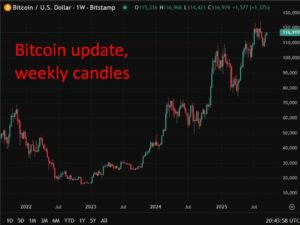Private banks are facing a significant decline in their current account-savings account (CASA) ratios as customers increasingly turn to fixed deposits (FDs) for higher interest rates. In the first quarter of the current financial year, private lenders experienced a drop of up to 370 basis points (bps) quarter-on-quarter in the CASA ratio. The year-on-year decline is even more pronounced, with a reduction of up to 600 bps. Experts say that lenders will not see relief in the next few quarters. The industry-wide stress on low-cost deposits persists, with banks striving to develop strategies to counter this trend.
Significant drops in CASA ratios
Bandhan Bank reported the most substantial quarter-on-quarter decline, with its CASA ratio falling by 370 bps to 33.40%. Kotak Mahindra Bank followed, with a drop of 210 bps to 43.40%. Other private lenders experienced declines ranging from 10 to 260 bps during the quarter.
Conversely, ICICI Bank and Karur Vysya Bank managed to improve their CASA ratios, with increases of 70 and 30 bps, respectively, in the first quarter. The pressure to mobilise deposits to fund high credit demand means that fixed deposit rates are unlikely to decrease in the near future.
Deposit mobilisation
To manage the balance between credit growth and deposit mobilisation, some banks are focusing on maintaining their liquidity coverage ratio (LCR) and credit-deposit (CD) ratio criteria. This approach involves pricing certain deposit categories more attractively to secure client deposits, while avoiding large-category bulk deposits or purchased deposits.
Importance of CASA ratios
Banks aim to maintain a high CASA ratio because these deposits are sticky and represent a cheap source of funds. Investors also closely monitor banks’ CASA ratios, as a higher ratio indicates a lower cost of funds, which boosts earnings. Since the first quarter of 2022-23, CASA ratios have been under pressure due to customers’ increased preference for term deposits driven by better rates. This trend is expected to continue, with CASA deposits remaining under pressure until the Reserve Bank of India (RBI) eases liquidity through monetary policy adjustments.
Impact on banks’ financials
A higher CASA ratio is crucial for banks to maintain a lower cost of funds, which in turn supports net interest margins (NIMs). While banks could offer higher rates on savings accounts to attract deposits, this would put pressure on NIMs. Consequently, the current focus remains on balancing deposit mobilization with maintaining profitability.










